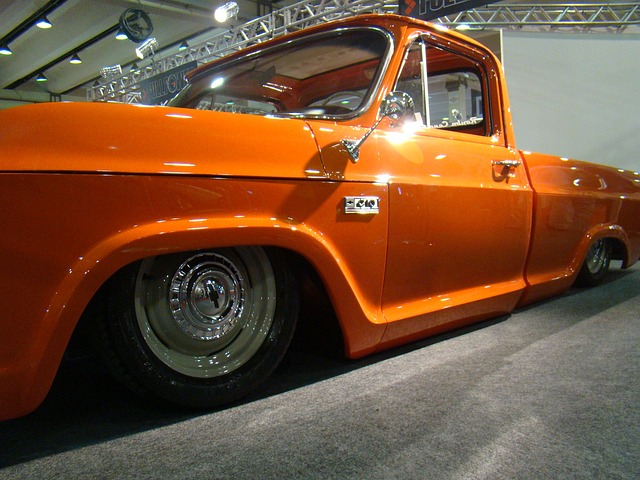Classic car insurance offers tailored protection for vintage and collectible vehicles. Unlike standard auto insurance, it addresses the unique needs of classic car owners, ensuring the preservation and value of these prized possessions. Understanding what this specialized insurance covers is essential to safeguard your investment and enjoy peace of mind.
Core Coverages in Classic Car Insurance
1. Agreed Value Coverage
One of the standout features of classic car insurance is agreed value coverage. This ensures that in the event of a total loss, the policyholder receives the full agreed value of the vehicle without depreciation.
- Example: If your classic car is insured for an agreed value of $50,000, you will receive the full $50,000 in the event of a total loss, as long as the policy is up-to-date.
- Why It Matters: This feature protects against the declining values typically seen in standard auto insurance policies, which base payouts on actual cash value (ACV).
Learn more about how agreed value impacts premiums in How Are Classic Car Insurance Premiums Calculated?.
2. Liability Coverage
Liability coverage is included to protect against damages or injuries you may cause to others while driving your classic car.
- Bodily Injury Liability: Covers medical expenses for others injured in an accident.
- Property Damage Liability: Pays for damages to another person’s property, such as their vehicle or fence.
3. Comprehensive Coverage
Comprehensive coverage protects your classic car from non-collision-related risks, such as:
- Theft
- Vandalism
- Fire
- Natural disasters (e.g., floods, hail, hurricanes)
This coverage ensures that your vehicle is protected from a wide range of external threats.
4. Collision Coverage
Collision coverage pays for damages to your classic car resulting from accidents involving other vehicles or stationary objects.
- Example: If you accidentally back into a pole, collision coverage will pay for the repair costs after you’ve met your deductible.
- Importance: This coverage is particularly valuable for restoring a classic car to its original condition.
5. Uninsured/Underinsured Motorist Coverage
This coverage protects you if you’re involved in an accident with a driver who has little or no insurance.
- Scenarios Covered:
- Medical expenses for you and your passengers
- Damage to your vehicle
Given the high value of classic cars, this coverage is a crucial addition to your policy.
Specialized Coverages for Classic Cars
1. Spare Parts Coverage
Many policies include coverage for rare or expensive spare parts stored for future repairs or restorations.
- Example: If a flood damages a rare carburetor you’ve kept in storage, this coverage will reimburse its value.
2. Roadside Assistance
Classic car insurance often provides specialized roadside assistance designed for vintage vehicles. Services include:
- Flatbed towing to prevent damage during transport
- Battery jumpstarts
- Tire changes
3. Event Coverage
Policies may extend to damages incurred during car shows, parades, or exhibitions.
- Example: If your car’s paint is scratched while on display at a car show, the policy can cover the repair costs.
4. Storage Coverage
If your car is stored in a secure facility, the policy may offer additional protection against theft or damage during storage.
What Is Not Covered?
While classic car insurance provides extensive protection, there are exclusions to be aware of:
- Daily commuting or general use outside policy terms
- Normal wear and tear
- Mechanical breakdowns
For a detailed look at eligibility requirements, visit What Are the Eligibility Requirements for Classic Car Insurance?.
Real-Life Example: Comprehensive Coverage in Action
A friend of mine owns a 1968 Chevrolet Camaro insured under a classic car policy. During a recent storm, a tree branch fell onto the car, damaging the hood. Thanks to the comprehensive coverage in his policy, the repair costs were fully covered, preserving the car’s value and appearance.
Tips for Maximizing Your Coverage
- Accurate Appraisals: Ensure the agreed value of your car reflects its true worth.
- Understand Usage Limits: Stay within mileage caps to avoid claim denials.
- Invest in Secure Storage: Proper storage can reduce risks and premiums.
- Document Everything: Maintain records of restorations, appraisals, and maintenance to support claims.
Classic car insurance offers tailored coverage that goes beyond standard policies, ensuring your cherished vehicle is protected against various risks. By understanding what is covered and taking proactive steps, you can preserve your investment and enjoy your classic car with confidence.



